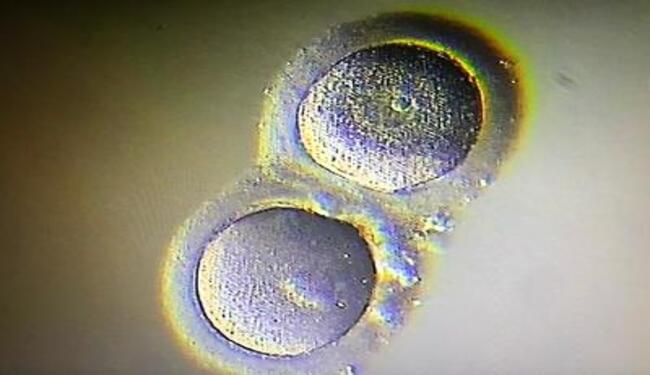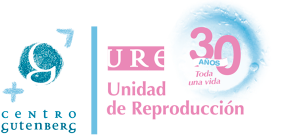Eggs classifications: How we classify eggs in In Vitro Fertilisation?

What is an egg cell?
Eggs are sex cells, or the female gametes, which carry the genetic material a woman will pass on to her children. At first glance, eggs are large, spherical cells that are produced approximately every 28 days in the female’s ovary. And as you already know, eggs play a fundamental role in the early stages of embryo development, and of course in assisted reproduction.
How eggs cells work?
The eggs grow and mature inside the follicles. In the woman’s ovaries there are a large number of follicles, but each month only one will develop and lead to ovulation of a mature egg.
This mature egg will travel through one of the fallopian tubes, and if it is fertilised by a spermatozoid along the way it will develop into an embryo that can implant when it reaches the uterus, resulting in a pregnancy.
The medication we administer to females in an IVF cycle stimulates the growth of several follicles. The aim is to obtain a good number of eggs so that, in the laboratory, we can obtain enough embryos and optimise treatment to the maximum.
Follicle growth is monitored via ultrasound. When a follicle reaches 18 millimetres in size, the egg it contains should have completed the maturation process and should be suitable for the process of fertilisation. It is at this time that we can schedule the egg retrieval procedure in the laboratory.
How we classify eggs in In Vitro Fertilisation
The eggs obtained for In Vitro Fertilisation must be mature enough to be fertilised by a spermatozoid. This stage of maturity is called Metaphase II (MII), and means that the cell and its nucleus have undergone the number of divisions which are specific to and necessary for a gamete in order to obtain the correct genetic material before fertilisation.
Metaphase II is characterised by the appearance of the first polar body (PB): a small spherical particle between the two membranes that surround the egg, and which contains half of the egg’s chromosomes (the other half is still inside).
Eggs that are still in a previous stage of maturity, Metaphase I (MI) or Germinal Vesicle (GV), cannot be fertilised by a spermatozoid. It is common that, during the process of ovarian stimulation for In Vitro Fertilisation, not all follicles will grow and mature at the same rate. For this reason it is possible to obtain immature eggs (MI or GV), which will not be of use in the laboratory.
What does an egg look like when we obtain it through assisted reproduction?
As we said before, the egg is a large, spherical cell measuring about 130 microns in diameter. When we retrieve it from the follicle where it had been maturing, it is surrounded by a group of small cells called the cumulus-corona complex. Its image would resemble that of a fried egg, where the yolk is the egg.
This appearance means that, most of the time, the stage of maturity of the egg cannot be correctly observed. That is to say that we cannot see the presence of the polar body we mentioned before.
How we know if the eggs that have been retrieved are mature
The moment in which we can tell if the eggs collected during assisted reproduction treatment are mature is when we remove the cells that surround them. This process, called egg decumulation or denudation, will allow us to confirm the presence of the polar body under the microscope.
If an egg presents the polar body and a clear cytoplasm, we are looking at a metaphase II oocyte.
If it does not present the polar body but we see a clear cytoplasm, we are looking at a metaphase I oocyte. If we can see an inner nucleus in the centre of the cytoplasm, we are looking at a germinal vesicle.
In the event that insemination is carried out using sperm microinjection (ICSI), it will be performed just a few hours after the oocytes were collected. Only MII eggs that present the first visible polar body will be microinjected.
If, on the other hand, we are going to carry out traditional IVF, the mature egg will be observed 18 hours after it was inseminated, i.e. the day after it was obtained. The eggs that were correctly fertilised by a spermatozoid will have two polar bodies, as a correctly fertilised mature egg will extrude a second polar body.
Do you have any other questions about assisted reproduction?
Do not hesitate to contact us! Our team of the international department will be happy to answer them and invite you to a first free consultation with us online or in person to get to know us.

